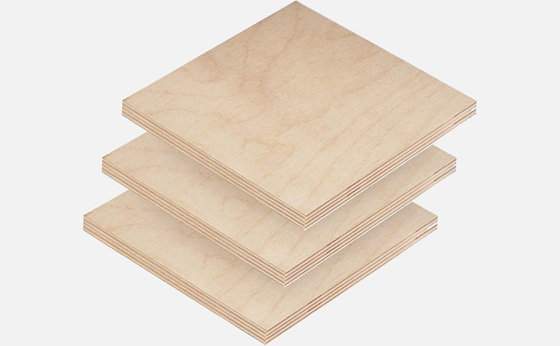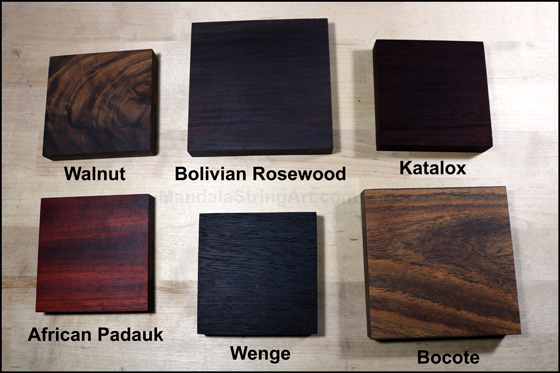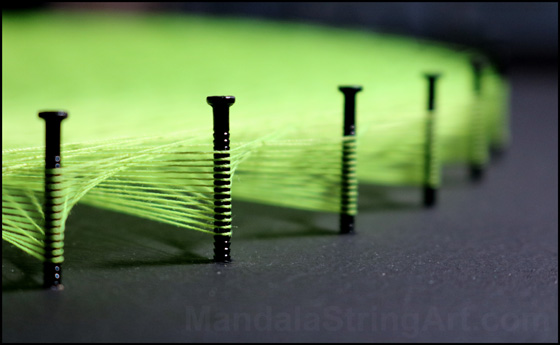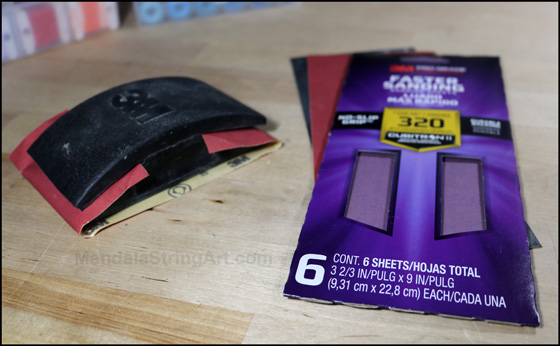|
|
Materials and Tools
Here are the tools you'll need to get started. You can use any materials you'd like. But if this is your first time, recommendations can be helpful. This list includes some of the basics and is based in the United States. For those abroad you'll have to adjust to your region and use what is available to you. Images may link to the products they portray, if you'd like to shop around for these things, which helps to support this website.

Wood
There are several types of wood to choose from, including particle board, which is cheap and not particularly great, and MDF (medium-density fiberboard), which is a better option, but you'll have to cut it to size. The same generally goes for plywood. One notable exception to this is Birch plywood, which is commonly available in arts and crafts, hobby, and woodworking specialty retail stores in a convenient size of twelve inches square in thicknesses of 1/4" (not recommended), 3/8" (minimum recommended), 1/2", and 3/4".

Solid wood is best and found at any hardware store. Southern yellow pine is a good option, but there are many types to choose from. These are known as 'dimensional lumber' but are not the actual dimensions they claim to be. For example, 1x12 and 2x12 boards are actually 11.25" wide, and a 2x6 is 5.5", so be sure to consider this. Painting or staining the wood is typical, as desired. But you can also choose an exotic wood for its natural color, and using an oil (such as tung) for finish and protection.

Exotic wood can come in many different sizes that aren't standard like you would find in a regular hardware store and is simply whatever is available from a specialty retail store such as woodworking. Ebony, katalox, wenge, walnut, and kingwood are some examples of dark wood. But you can also find colors like red (in rosewood) and even purple (purple heart). Something to consider is the density. For example, katalox is a very hard wood that is practially impossible to nail into. You would have to drill holes for each nail. See more on the instructions page for more information.
|
Strings

There are also many options for choosing string. For Mandala String Art, rather than looking for 'string', you may want to look for 'embroidery thread' instead. Nearly all of the work pictured in the book is this type and can be found in virtually any color.

Other varieties of thread are available and made in various materials and diameters, including floss, twine, yarn, cord, rope, mason line, and even metal cable. There is also plastic or nylon that glows, is metallic, or transparent. For traditional string art with a dense pattern, like the Sun Mandala, generally the best option is sewing thread.
|
Nails

There are two types of common nails to choose from: with heads and without (finishing nails). You can find these at any hardware store, in stainless steel, copper, brass, zinc, and other finishes. They are generally not actually made from these metals, only plated, so most likely they will be steel. Stainless steel is a bit dull and zinc is shiny similar to chrome. Escutcheon pins are gold colored and a common type in traditional string art. The size most typically used in the examples in the book and pictured here is 18x3/4, but you can use any you like. Typically 5/8" is the minimum recommended length to one inch maximum. The numbers before it - usually 16, 17, and 18 - describe the thickness, or guage (Ga). The lower the number, the thicker it is, which is good to be aware of as that may not be intuitive.

For the traditional Sun design, you will likely want to use panel board nails. These tend to be longer, from one to two inches, and have grooves as shown here. They are generally painted black, white, or gray.
|
Tools

You will need a hammer, of course. A common 12oz or 16oz will work well. You might find anything heavier than that to be too big. If you're drilling holes for nails you can use a much smaller hammer.

Sandpaper is required if you want a smooth finish, whether you paint, stain, or finish the wood with oil. The number shown on the sandpaper describes how coarse it is, that is the number of particles within an area, so the higher the number the finer it is. Often you can get away with only using one type in the 200 to 240 range, especially with birch plywood. But for rougher wood, you can start as low as 80-grit and work your way up incrementally in steps of 20 to 30 to about 220 or even higher. A sanding block as shown here is also quite usefull for a nice finish, but you can also use a powered sander.

You can use a traditional brush for painting or poly foam, which can also be used for staining. Any paint can be used, but acrylic is probably most common. A perfectly smooth finish can be achieved by a spray can, or air brush.

The smallest bottle of super glue will last a long time, as you only need it once for each string. Also known as cyanoacrylate, cement, or simply adhesive, they come in various thicknesses from thin to thick and makes little difference for this purpose as it all gets absorbed by the string.

A small, good quality pair of scissors is recommended, or you can use a razor blade to cut the string. You want to cut as close as possible, so the sharper the better.

Finally, a framing kit so you can hang your finished work of art on the wall, such as these sawtooth picture hangers with screws. Felt pads are also recommended, to keep the wood off the wall and avoid scratching it.
|
|
...
|
|
|
|
